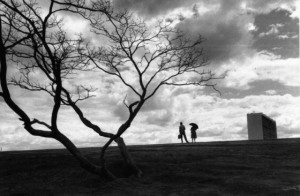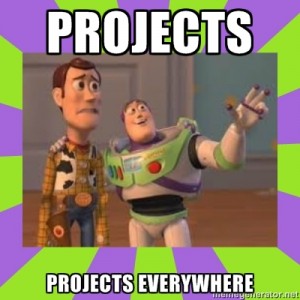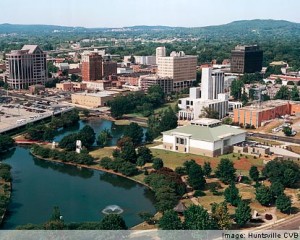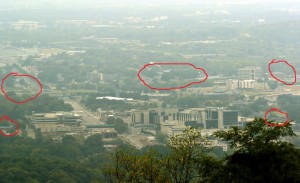In Cities of Tomorrow Peter Hall writes of how after the late 1960s, cities were viewed as open, rather than closed, systems. What he means is that cities are complex, organic machines with multiple functions and motives for functioning. Rather than the observational definition of Max Weber, where the city is the product of a market, or the prescriptive definition of Miliutin, where the city surrounds the methods of production, planners realized that there were a myriad of factors that led to the city’s creation, shape and continued existence.
My paper is on the Great Fire of London, 1666, and the subsequent impact it had on the city’s growth. Possibly the most interesting theory I have come across is the most basic. Stephen J. Pyne writes about mankind’s relation to fire as contradictory. The fear of fire is a relatively new phenomenon, according to Pyne. Throughout human history fire has been embraced as a tool, rather than actively fought. Fires meant regeneration in early agriculture, and even earlier fire meant safety from predators. Humans worked with fire in their hands, setting blazes with torches to create new grazing lands. Even early homes were built around the cooking fire, and fire’s legacy today leaves us with the hearth, even if it is only superficial, as the heart of the contemporary home. As building became made of wood and flammable materials, instead of clay and mud bricks, the danger posed by fire increased.
The point is that at some point fire changed from being a necessary and life-bringing tool, to being a dangerous hazard. Lighting a fire in a city, unless done under strict guidelines, is now a criminal act. Firefighters are paid, and are on constant stand-by, to immediately put out any flames that spring up and threaten the sanctity of the legible and non-flammable city. Firefighting technology is a lucrative business, and it is recommended that all homes carry a fire extinguisher. This is merely one example of the city being an open and complex system that is constant change. What other examples can we think of that suggest the city is an evolving and living entity unto itself, one in which the most steadfast of tools can quickly become the enemy?




